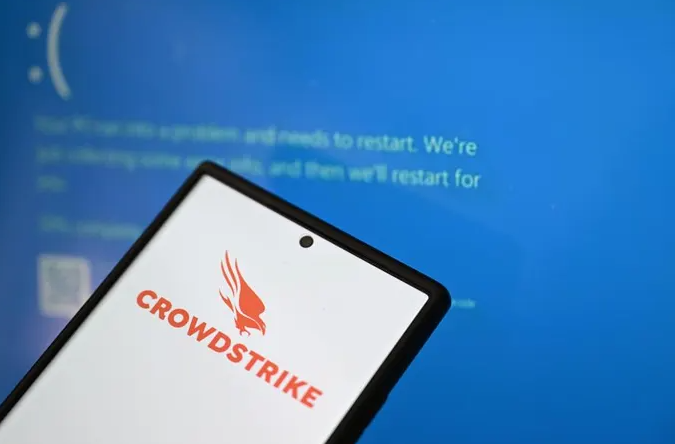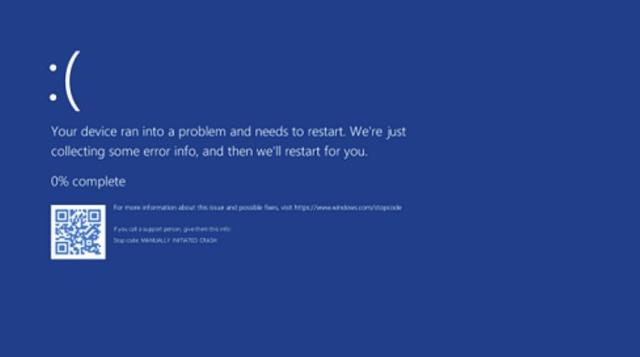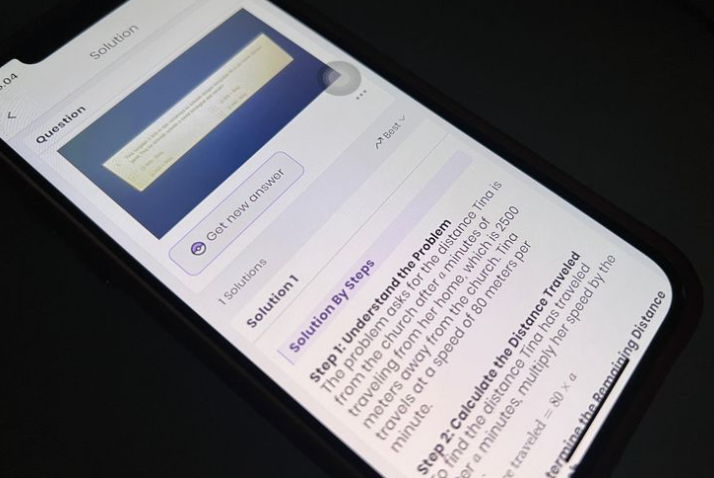World IT Disaster, This is a List of Systems that Collapsed as a result of Windows Down
Morrissey Technology – Microsoft Windows-based machines and devices around the world crashed simultaneously on Friday (19/7) due to a CrowdStrike update error. Because of its large scale, this incident deserves to be called a global IT disaster. It is recorded that many services have been affected by the biggest IT outages in recent years, ranging from airline travel, broadcasting, emergency calls, even hospital operations were disrupted by Windows crashing. The following is only part of the list of services affected by the collapse of Windows, as quoted from Mashable.
airline
Perhaps one of the sectors most significantly impacted by this incident is the aviation industry. Major US airlines such as Delta and Allegiant suspended operations, as did airlines from countries such as France, Spain, Australia and India.
Emergency call
Many public and private sector services rely on Windows-based machines for infrastructure and basic tasks, and the problematic CrowdStrike update also impacted 911 emergency operator services. Emergency calling services are not working in some US states such as Alaska and Ohio, and local governments released a list of alternative telephone numbers that citizens can use. Surprisingly, in Alaska, 911 is still working in Anchorage, the state’s largest city, even when systems in the rest of the state are down.
Hospital
Medical systems in various countries also bear the consequences of this event. Bloomberg reports that hospitals in the UK are having difficulty retrieving patient data, while Memorial Sloan Kettering Cancer Center in New York has had to delay the start of any surgical procedures that use anesthesia. One hospital in France had employees manually direct patients to appointments because the check-in process had failed. Interestingly, health care provider UPMC in Pittsburgh claims very few of their Windows devices have experienced problems and there have been relatively no glitches.
Stock market
While one might expect a massive IT outage related to Microsoft to have an impact on Microsoft’s stock price, the outage actually temporarily prevented stock trading in some places. For example, the London stock exchange, England had to postpone the start of trading on Friday (19/7) morning. Because the companies run different systems, many remain unaffected, including the New York Stock Exchange and Nasdaq, which began operating the day Windows went down without any problems.
TV channel
Obviously, broadcast TV requires a lot of computing technology, and with the global popularity of Windows, outages resulting from CrowdStrike updates are bound to impact at least some networks. One of the most prominent was Sky News in the UK, which was off the air on Friday (19/7) due to a Windows outage. Several TV channels in France were also affected, one of which was unable to show weather information to viewers due to technical difficulties. In the US, NBC News and MSNBC experienced temporary problems, as did several small local networks across the US.
Times Square
New York’s iconic Times Square went completely dark on Friday (19/7) morning. Predictably, this busy center is synonymous with sparkling large screens displaying various advertisements or entertainment, and the screens that fill Times Square all use Windows.
http://jdih.upp.ac.id/-/togelonline/
http://epustaka.umma.ac.id:8123/-/togelonline/












